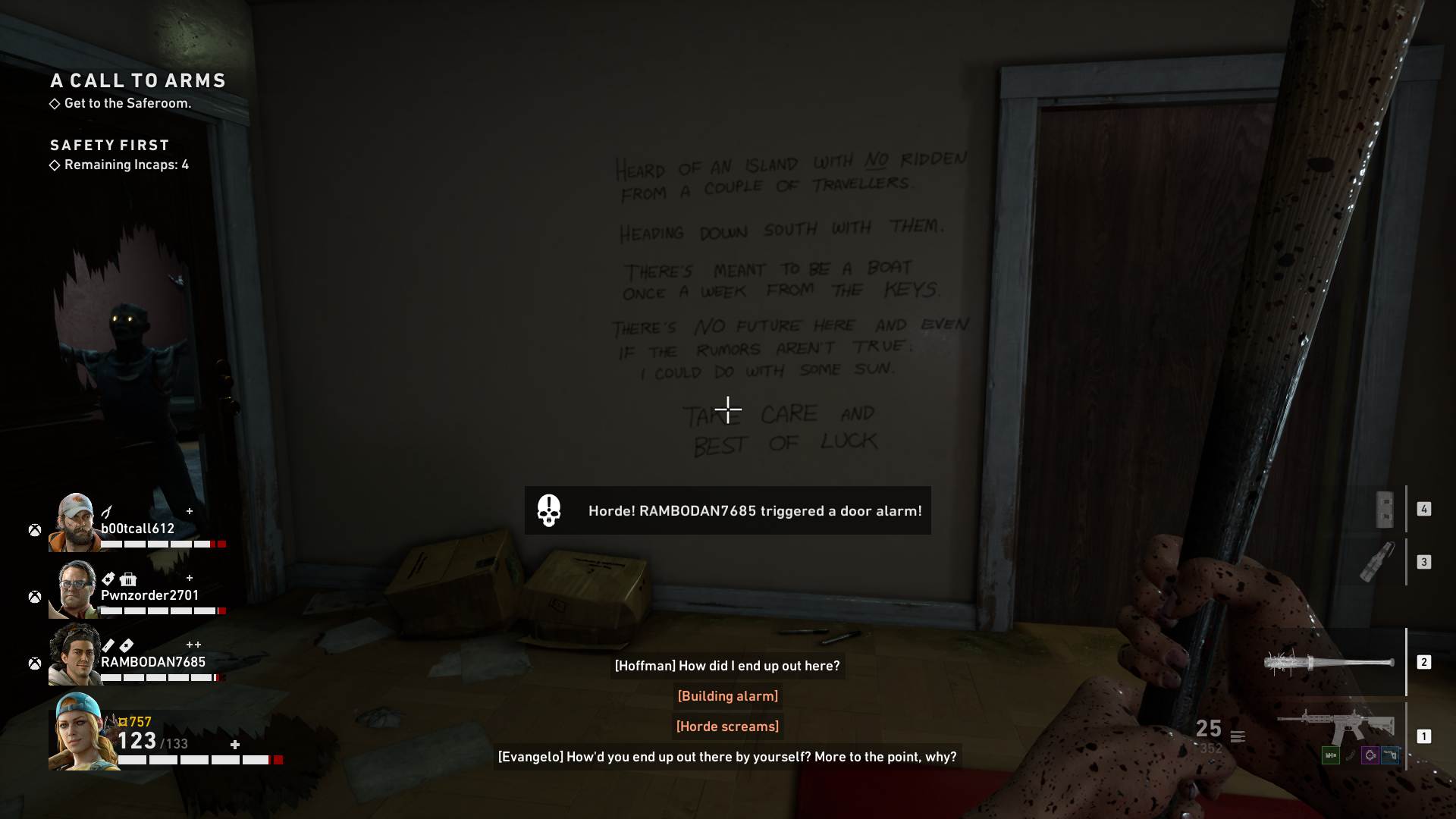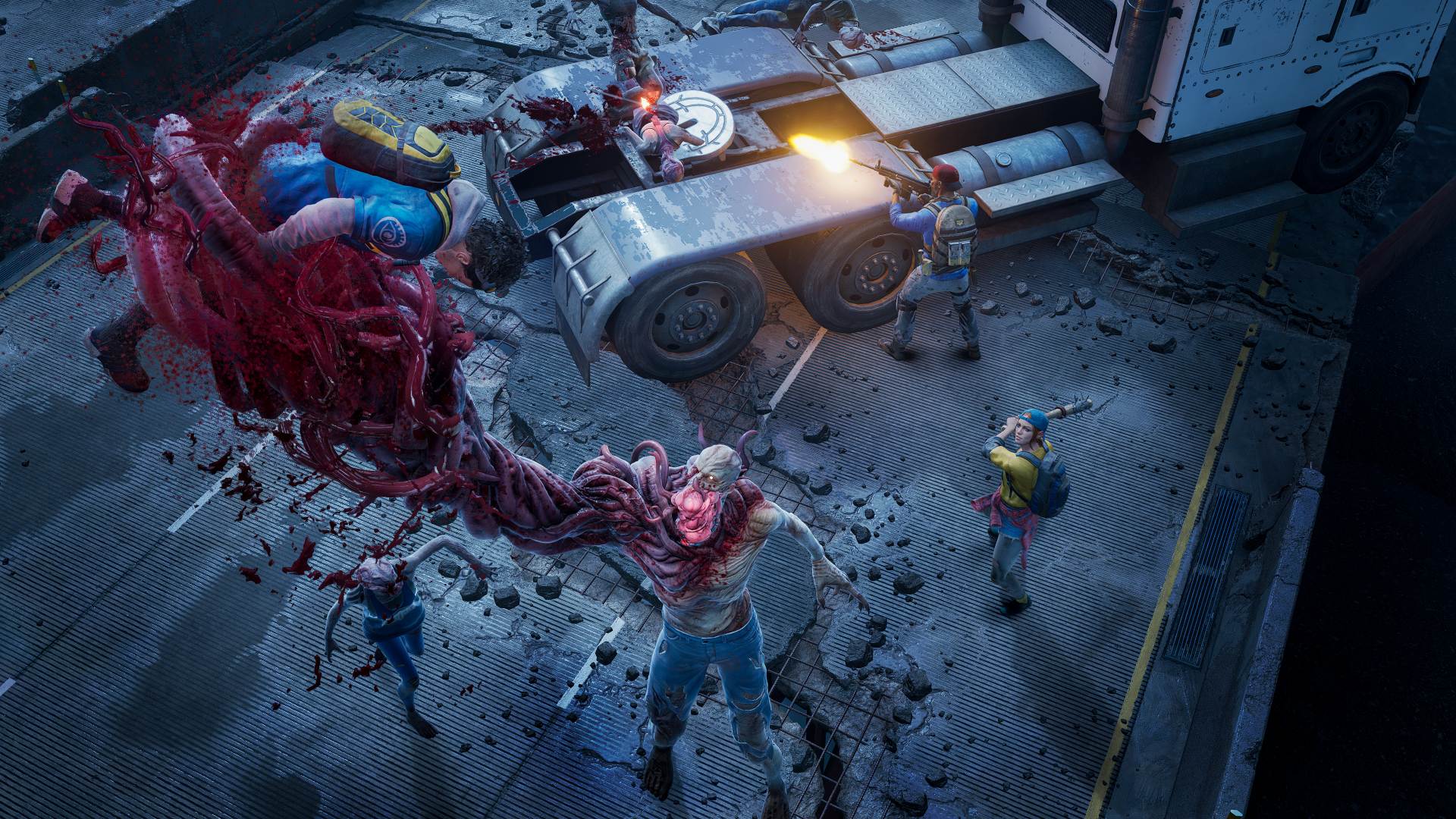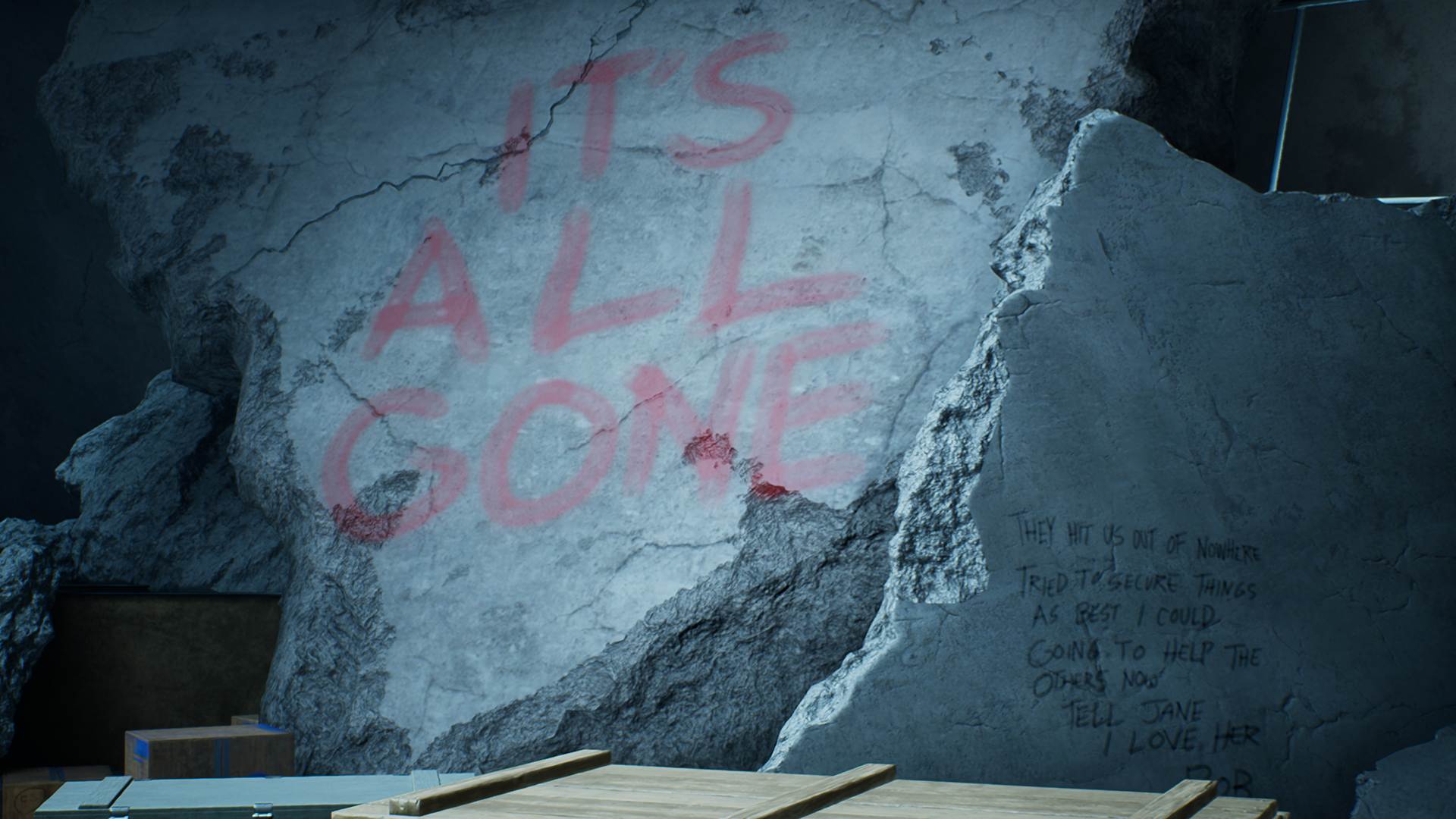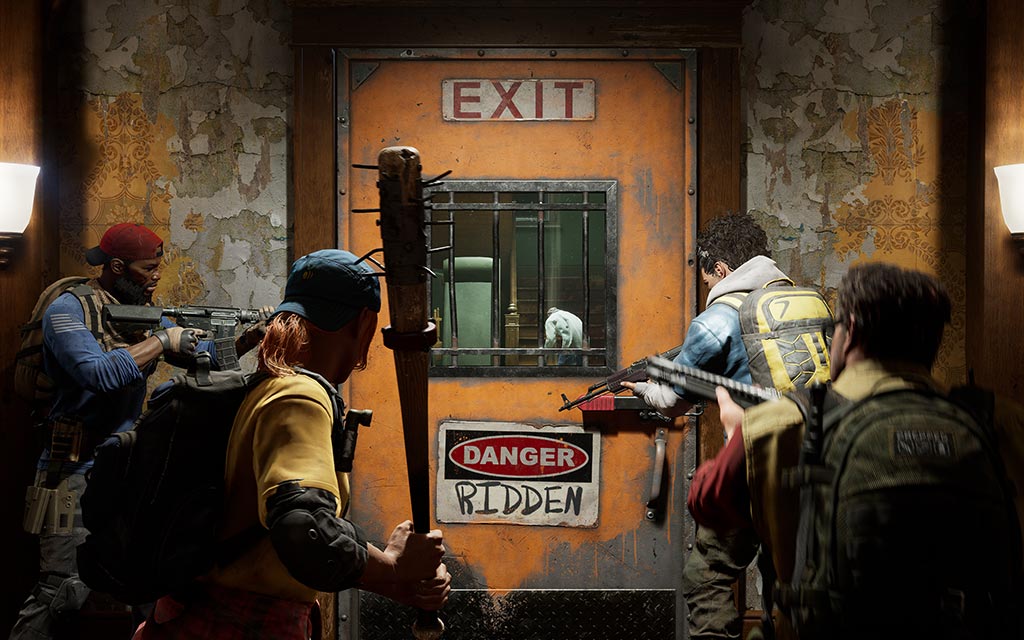What’s left 4 dead may never die
Back 4 Blood has a tough act to follow. It’s not just the latest co-op shooter trying to tackle the small group vs. large horde formula popularized by Left 4 Dead, but it’s from the studio behind Left 4 Dead in the first place. It has expectations, and I’m surprised both in the way it meets and pushes past them.
It would have been easy to just retread ground, but Back 4 Blood has impressed me in the ways it both incorporates modern ideas and develops new concepts for the future. It finds depth in its deckbuilding customization, and more personalization in its varied guns and attachments. It incorporates more dangerous threats in its special Ridden (undead) and more strategy in its copper shopping economy.
Back 4 Blood is a very solid entry into my co-op rolodex. Over the last week or so, I’ve consistently enjoyed running and re-running maps with friends. And even despite some issues with its solo side and difficulty curve, I don’t see this one leaving my hard drive in the near future.
Back 4 Blood (PC [reviewed], PS4, PS5, Xbox One, Xbox Series X|S)
Developer: Turtle Rock Studios
Publisher: Warner Bros. Games
Released: October 12, 2021
MSRP: $59.99
Back 4 Blood is set in the U.S. after an outbreak has plunged the world into a post-apocalyptic dystopia. The Ridden, as they’re called, roam the streets and have mutated over time into ever-more powerful and dangerous variations. The playable characters, or “Cleaners,” are soldier-scavengers based out of Fort Hope who seek to build a home out of the rubble.
While the top-level story served well enough to link maps and missions together, I did really like that Back 4 Blood is focused more on taking back a foothold rather than running for survival. Yes, there are plenty of moments where you have to book it through a gauntlet of Ridden, but just as often you’re establishing a new advantage against the horde. One of my favorite moments in the campaign was revisiting an old area that I had helped board up and secure in an earlier act, and seeing it thriving and lived in by survivors.

Those neat touches, alongside some classic scrawling-on-the-wall storytelling, weave together a world that doesn’t feel like just a retread of zombie outbreak tropes. Each sequence of levels has a nice distinction to it, and there’s a good variety of places to go and sights to see, mixed with some familiar areas that change as the story progresses. The maps themselves run a little bit wider of a gamut, with some being tepid or even surprisingly short, and others making a long, lasting impact on me.
The obvious standout is, of course, the bar. The all-out zombie bloodbath takes place in an old bar, as the Cleaners use a roaring jukebox to attract the attention of the horde away from fleeing survivors, and Turtle Rock Studios did a great job picking out the perfect licensed music. It captures the frantic energy of a good action montage, and with your team of Cleaners at the center.
And the Cleaners themselves are no slouches, either. The squad is a motley crew from all kinds of backgrounds, reflected in their individual perks, like Mom carrying an extra Support item or Jim building up extra damage with repeated precision kills.
Those perks lead into the larger meta-game of deckbuilding. Playing through a Back 4 Blood map will feel structurally similar if you’ve played Left 4 Dead; you’ll start in a safehouse and, many times, end up back in a safehouse. At the start of every map, you’ll get to put one card from your prebuilt deck into play from a drawn hand.

The cards start out as simple buffs to reload speed or stamina, but eventually become massive, playstyle-shifting boons. Some of the cards I was unlocking as I looped back through the supply lines, which are progression paths where you spend supplies earned through runs to get new cards, were ones I could build entire decks around; getting temporary health from shotgun damage, for example, or some big buffs to my melee weapon damage.
Attachments also help to liven up the action, as they add a bit of variety and randomness to what’s already a fairly large arsenal of snipers, assault rifles, shotguns, and more. But really, like Yu-Gi-Oh!, the heart is in the cards.
Building and experimenting with decks has grown on me over time. At first, I was a little hesitant to the idea, but some of the perks I’m unlocking in the later-game seem like powerful tools that can really influence and strengthen the way I play. It’s even pushed me towards other weapons I wouldn’t normally try out, and I like how it reinforces play styles within the group. I can lead the charge with my heavily damaging shotgun build, or I can dash around patching my pals up in the backline. It’s all not just viable, but encouraged.
The extra healing is extra nice, because Back 4 Blood can get pretty punishing. I’ve played through the whole campaign on Recruit and been working my way through on Veteran now, just to get a solid foundation of card options built up for the eventual mega-hard runs. And even on lower difficulties, some maps will push the team to its limits.

One of the more controversial aspects of Back 4 Blood definitely feels to be the high number of special Ridden spawning. These amped-up undead have unique abilities and properties, much like those found in Left 4 Dead, and they pose a much greater threat. The difficulty scaling of the campaign seems to love throwing tons of them at you; I have particularly prickly memories about a map where a Reeker horde spawned, sending throngs of the massive, explosive, horde-attracting bloaters at our party.
With the cards you can eventually get, it does feel like there are better odds for your team compared to, say, fighting a witch in Left 4 Dead. But the overabundance of specials makes it feel like the difficulty sometimes gets ticked up through quantity rather than quality of monster. It’s not the worst, but on some later maps, it does get really noticeable. Overall, balance doesn’t feel completely off-kilter, but it’s definitely something I’d like to see evolve, if only to add more variety and to shine more of a spotlight on a special when it comes into play.
My other gripes ended up being with the non-cooperative aspects of Back 4 Blood. Turtle Rock has said it’s looking into the solo progression, and the solo mode is interesting in its setup: being able to use any cards you’d like. It’s the bots that ended up causing the most frustration for me.

Back 4 Blood‘s bots aren’t awful, but even sometimes on the Recruit difficulty, they struggle to keep up with the action. They can fill a spot on a team and maybe even save your bacon from a Sleeper a few times, but I’d still run into situations where they’d stand in bad spots, get weirdly stuck in their pathing, or take a minute to pick up a downed teammate. It’s pretty clear this is a game ideally played with three other human players, but bots are an option too, and despite some qualms, they were also somewhat more reliable than matchmade players.
These issues, alongside a map cadence that really goes up and down, do muddy the Back 4 Blood experience, but the reassuring fact is that a good foundation has been laid down. Turtle Rock has had a shaky start before, but Back 4 Blood sees this studio doing what it does best: co-op zombie slaying. And boy, is the co-op zombie slaying good.
Whether I’m laughing out loud over a brilliant strategy gone awry or just barely getting onto an escape vehicle with Ridden right on my heels, Back 4 Blood has the right formula for a good few weekends of co-op fun. If it gets even more support and updates down the line, I could see this taking up a spot as a go-to social game for quite a while to come. Really, it just feels good to have this sort of game back again.
[This review is based on a retail build of the game provided by the publisher.]









